
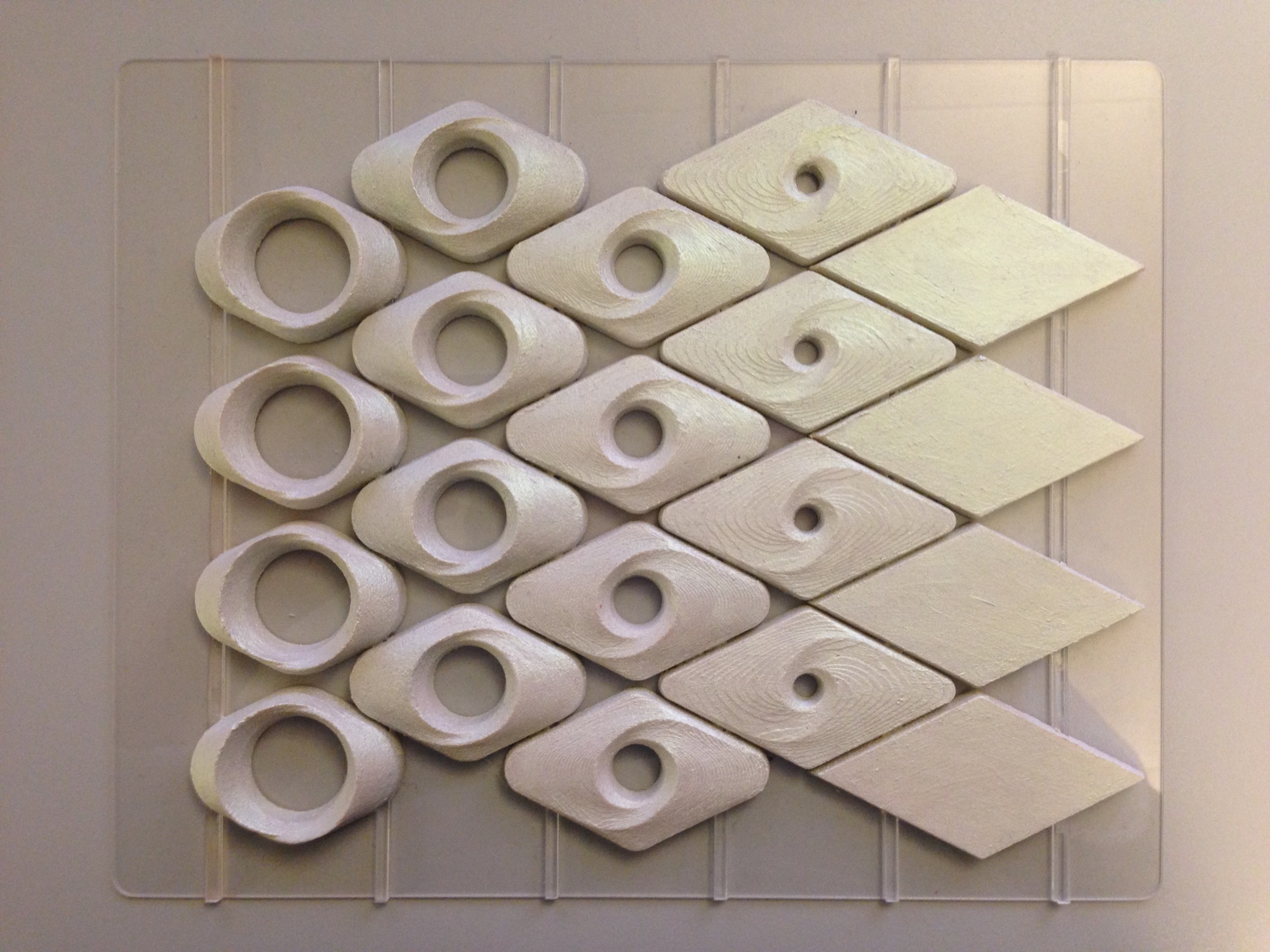
Ceramics in Architecture: Featured Contributor Christine Jetten
Ceramics is experiencing a revival in the architectural context. The special charms of ceramics are being rediscovered: the possibilities for a seductive skin, the use of glazes, mysterious shadow action and ornamental potential are turning out to be rich and unexpected sources of inspiration for the modern architect.
Clay can take any shape, form or texture. Glazes can be a material with special qualities, transforming it to something really unique, thus making it a choice for modern architecture.
Glazed facades have been waiting for their time to come around again. They now are being used as a material for expression by contemporary architects. Where before the exterior of a building represented the interior, now the exterior can be anything. At this time a building’s expression is independent from the interior and contributes to the urban setting. In this development (glazed) architectural ceramics are being researched for new and different uses.
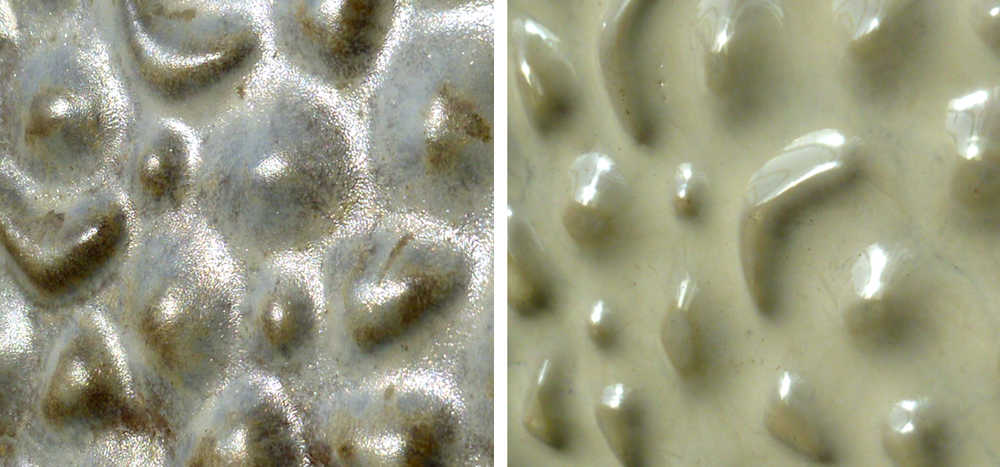
Glaze as a material for the contemporary architect
The context is bringing a historic craft and knowledge into the contemporary field, making it a material for the contemporary architect.
Over the years I experienced that each project requires its own material solution, stimulating a completely new way of approaching, observing, thinking. Each application and utilization needs to be created, in a sense invented, to break new ground. My search is to enhance specific qualities of glaze as a material, making it one of the material choices for the architect, next to glass, stone, metal, wood. This research is an ongoing process: there is always a next thing to explore. First there is my passion to create unknown surprising visual qualities that also work well on a larger scale.
A range of surface treatments I developed over the years, as a result of playful assignments with architects’ challenging possibilities: Assignments like '… a surface treatment and a glaze that shows the color of the deep dark blue sea, playful in its depth, reflecting the sunlight on the shallow waves. A random depth in the tile perceivable from a distance and with the right scale to the finish' and '… primary color to be a forest green with a texture. I am open to any ideas you want to investigate, you’re the artist. Let me know what is in the brain these days'. And so I got invited to create starting points from my personal imagination and background as an artist.
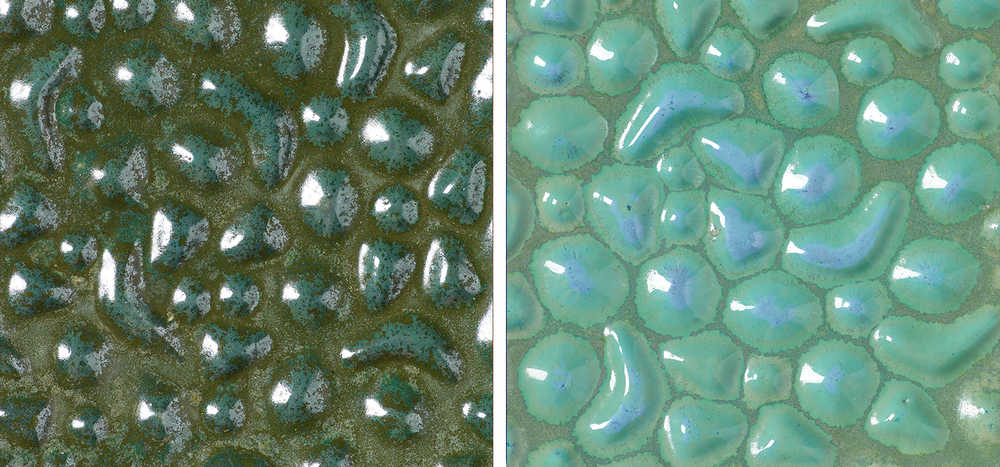
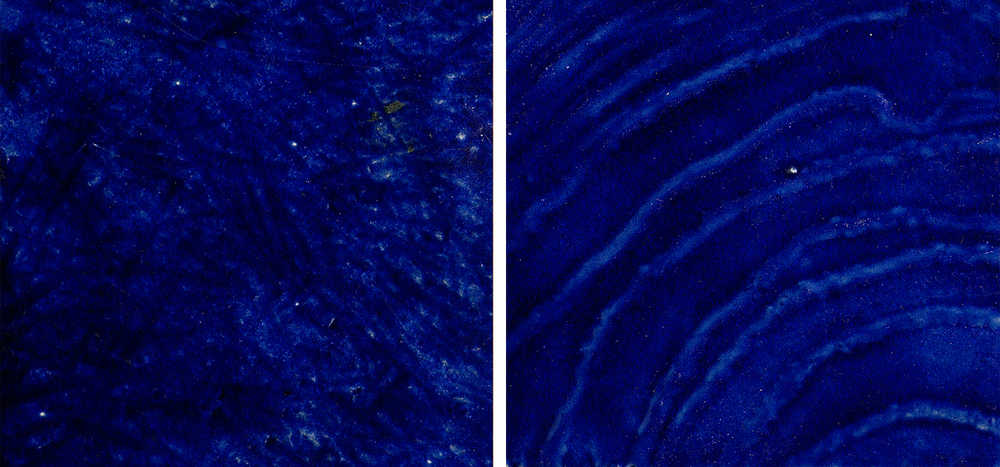
My mission is to contribute to the public space and the built environment, to enhance people’s awareness for the buildings we only tend to use, and to stimulate the senses. With the attitude of an artist, looking with new eyes every day, finding surprises in the tradition, I am testing materials for their visual potential.
I am a propagator of glazed ceramics as an autonomous material with special qualities, that I have mastered and still exploit. Over the years I learned to understand the position and the importance of my role. Being trained as an artist I am able to understand the architect’s language, becoming a sparring partner in the Design Phase of a project. With my approach I am adding a third generation of architectural glazes to the existing collection, that hasn’t been researched before in this context.
The first generation includes glazes that mimic stone including marble, granite and limestone. The primary focus of the second is to add one or more colors to a building using matte, glossy or semi-gloss glaze surfaces. The third iteration includes glazes that have a particular surface which responds to varying light conditions and is capable of having multiple readings. This includes glazes with a lustrous surface, with unusual textures, one that responds specifically to the texture of the clay unit, pooling of glazes or the bronze- and metal-like potentials. On top of this, my goal is not to create glazes that are look-a-likes or a substitute for other materials. The third iteration is a new generation of architectural glazes in an approach that hasn’t been researched before.
The visual quality of public space does not originate by itself but can develop, and becomes interesting, when vision, skills and energy (decisiveness) come together. I try to take myself out of a set way of approaching the technique, looking for new concepts, connected with the material. My work deals with the experience of things in a constant state of change. In the search for new approaches I am open to cross-over collaborations that can serve as a starting point for future research. I am always curious for to look for meanings that arise when several specialists collaborate in cross-overs. This leads to new points of view. In this way design teams can challenge the industry to move beyond mass production, away from the comfort zone.
My personal involvement and dedication to a project guides my research and development process. As an artist I go beyond just the cladding of a facade. I take the material forward as far as my imagination of that moment allows. The skins of buildings have the ability to influence the public’s daily routes and the social sphere, which allows the cladding to confront us with anxiety and desire.
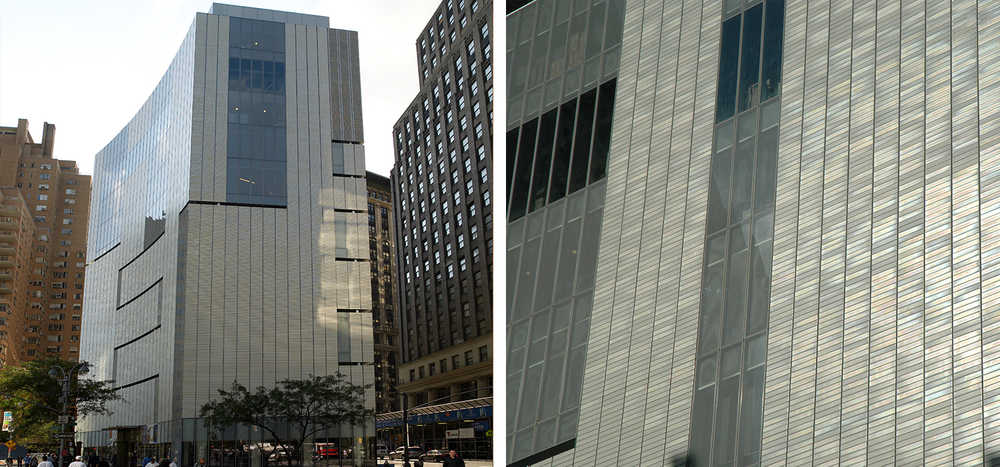
The museum wanted to relate its new home to a part of its regular collection, instead of being a neutral box to house the collection. As this includes ceramic and glass a ceramic facade was decided upon. Besides this there was the desire to add allure to the location, instead of the building looking like a small white shoebox in its surroundings. The architect wanted to move away from the plain industrial white glaze. I created a reflective off-white glaze finish showing a variety of characteristics in different light conditions, among which a luster quality, oil-on-water, bright metallic, vivid white.
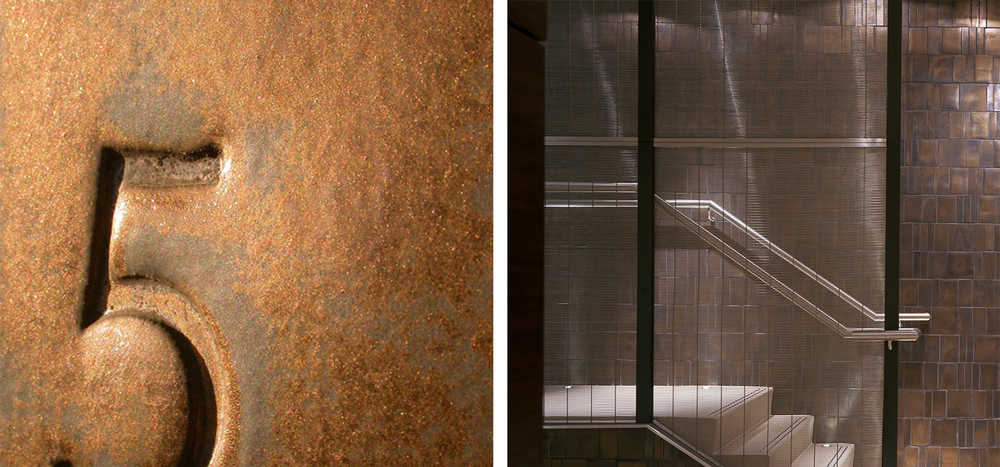
High-end apartments in Mayfair, a historic Victorian section of London. The facade based on the colour schemes of the Victorian houses and the bronze glazed tiling of the lobby adding a luxurious and crafted quality. Glazed because so many historic buildings in this district are decorated with glazed tiles and glazed additions in the hallways.
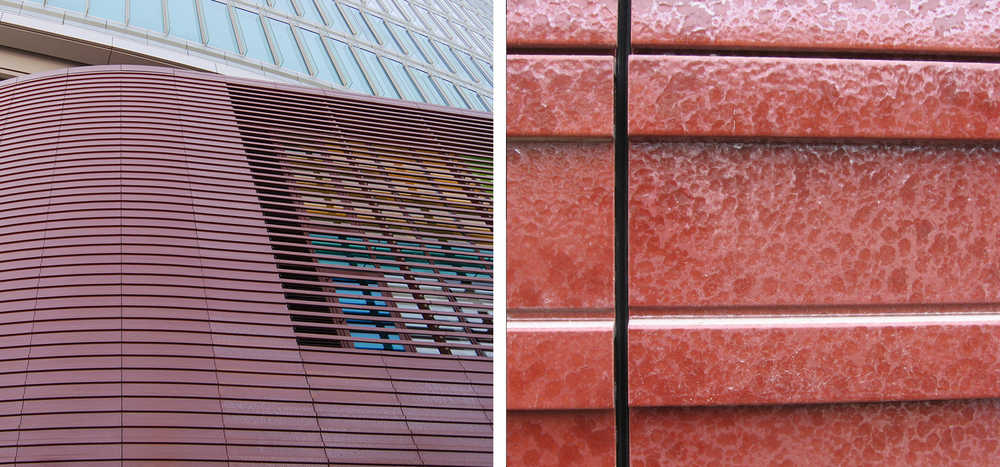
Located at the first ring with high rises seen from the Forbidden City: the maroon color of the glaze, as well as the surface treatment, refers to the walls of the palaces in the Forbidden City. The architect wanted a layered skin offering a different look when seen from a distance than up close, used for the plinth of the building. The immense atrium has been executed in a yellow inspired on the roof tiles in the Forbidden City.
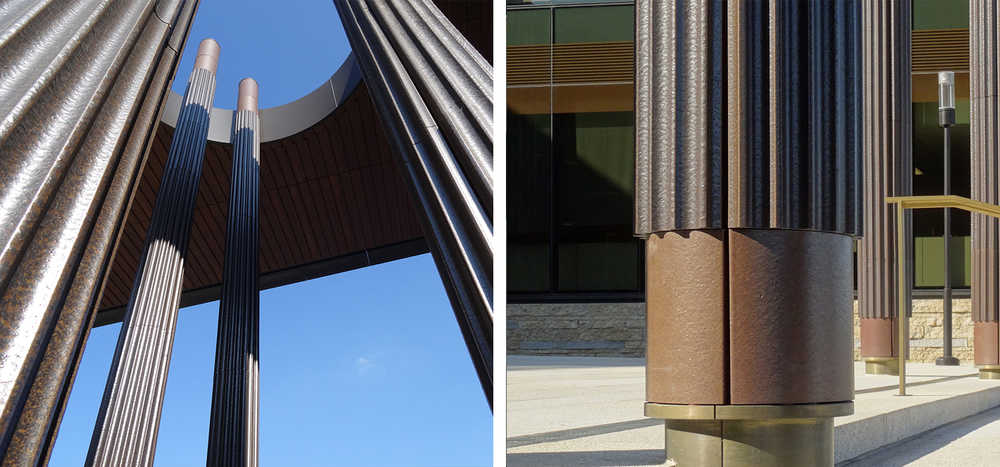
Facing one of the most vexing challenges in today’s real estate industry: namely antiquated, functionally obsolete commercial buildings. 175 Park Avenue offers an exemplary creative solution, transforming an inhumane ‘black box’ Verizon call center into a model workplace environment.
Author: Christine Jetten, Studio Christine Jetten